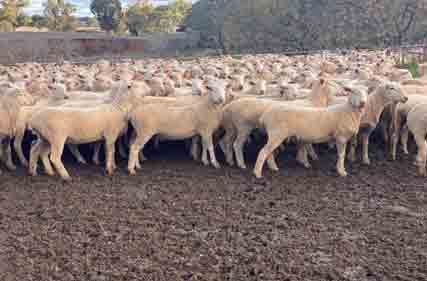
The growth in pure meat and first-cross lamb numbers highlights an industry shift toward meat sheep.
There will be no shortage of lamb this summer, according to the most recent release of the MLA/AWI Sheepmeat and Wool Survey.
The survey results indicated that there will be 13.1 million lamb sales in the November 2021 to February 2022 period. This is 2.9 million more than the corresponding period in 2020–21.
In 2021, the number of lambs marked in the four months to 31 October 2021 was 21.9 million head, the same as in 2020.
However, in 2021 this was achieved by joining 500,000 less ewes – highlighting the improvements in marking rates this year.
The number of Merino lambs marked this year was 12.1 million head, a reduction of 225,000 head on last year, or 2%.
Meanwhile, the number of pure meat and first-cross lambs marked increased 400,000 head and 300,000 to 4.1 million head and 3.1 million head, respectively.
The growth in pure meat and first-cross lamb numbers highlights an industry shift toward meat sheep.
WA remains the strongest Merino producing state on a proportionate basis. In that state, 89% of all breeding ewes were Merinos, whereas in Victoria only 50% of ewes are Merino.
The survey also considers producers intentions. In the next 12 months, 95% of farmers intend to increase or maintain their flock numbers. Over 50% of producers (51%) are looking to increase their flock size. Of these producers looking to increase their flock size, 63% plan to do it by retaining more replacement ewes, 30% plan on purchasing in more ewes and 41% plan on retaining more older and cull sheep.
Overall the sheep industry is in a very good position heading into 2022.
Read the MLA/AWI Sheepmeat and Wool Survey here.
https://www.mla.com.au/news-and-events/industry-news/national-flock-moves-towards-meat-breeds/#
